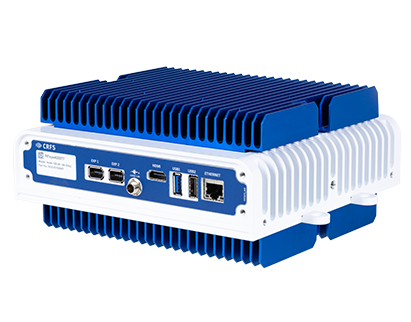RF sensor RFeye Node 40-8
Entry-level high-performance RF sensor for mobile spectrum monitoring and geolocation of transmitters up to 8 GHz
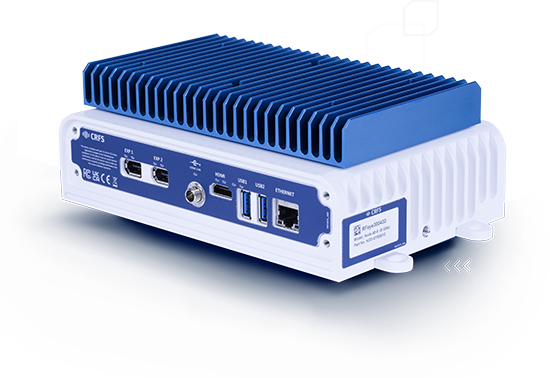
in_clouds.png?width=540&height=304&name=drone_flying)in_clouds.png)
RFeye Node 40-8 overview
The RFeye 40-8 is a high-performance RF sensor with a 9 kHz – 8 GHz frequency range and a 40 MHz instantaneous bandwidth. The RFeye 40-8 provides operators with precise spectrum monitoring, geolocation, reporting, and advanced signal intercept capabilities by incorporating the latest superheterodyne receiver technology.
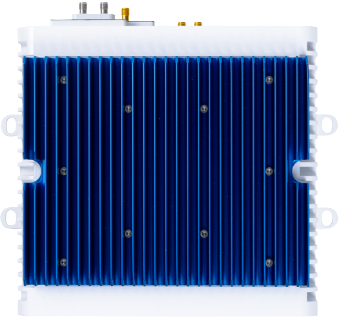
This fourth-generation RF sensor has in-built edge processing, reducing backhaul data bandwidth. Excellent phase noise, low noise figure, and superb spurious free dynamic range, coupled with FPGA technology and card design, enable easy integration and exploitation of the SDR and computer platform.
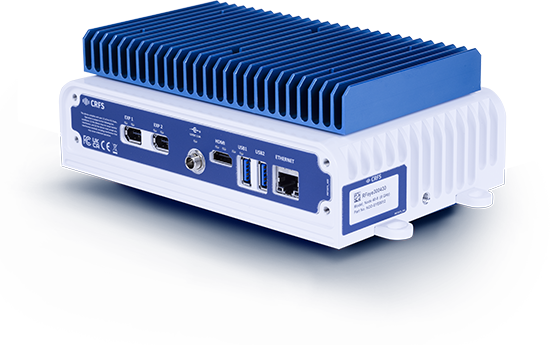
- Real-time continuous spectrum operations
- Finds low-power signals
- Detects signals that have a low probability of intercept
- Compatible with GPS, BeiDou, GALILEO, and GLONASS
- Gateway to powerful software and APIs
- Flexible deployment – rugged indoor or outdoor RF sensors for fixed, temporary, or mobile platforms
RFeye Node 40-8 at a glance
Intelligent RF sensor
Networked for multiple
users & missions
Superior RF performance
Small, light, fast

Advanced signal intercept
Lower total cost of ownership

RF recording (I/Q capture)
Ruggedized protection
from water or dust
%20CTA%20cover.png)
Brochures, Guides & Survey's
RFeye Node Overview
Discover our advanced superheterodyne RF technology for superior sensitivity, frequency stability, and selectivity. Compare Node specifications, view the new RFeye Node models, and discover what makes them unique.
Low total cost of ownership
The RFeye ecosystem provides entry-level and upgrade options with many features. The technology can be integrated across multiple form factors and offers SSUS and extended warranty to prolong the reliability of its lifecycle.
Ruggedized protection
from water and dust
Designed for outdoor deployment in extreme environments, RFeye Nodes operate between -30°C – +55°C.
Easy installation, setup & operation
RFeye technology (COTS optimized) is easy to connect and install and does not require recalibration once set up.
Gateway to powerful
software and APIs
CRFS hardware works with a software suite to monitor, capture, analyze, and geolocate signals of interest for complete spectrum visibility.
Talk to an advisor about the RFeye Node
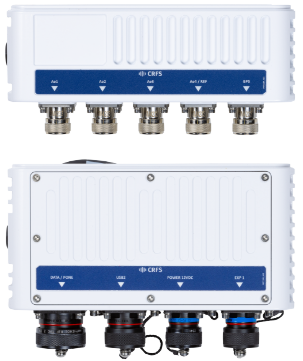
IP67 rated
All RFeye Nodes are designed for outdoor deployment in extreme environments and operate between -30oC – +550C. The MIL-spec I/O connectors, weatherproof RF connectors and sealing gaskets provide IP67-rated protection.
RFeye Node comparison
| Specifications | RFeye Node 40-8 |
RFeye Node 100-8 |
RFeye Node 100-18 |
RFeye Node 100-18 LW |
RFeye Node Plus 100-18 |
RFeye Node 100-40 |
|---|---|---|---|---|---|---|
| Frequency range | 9 kHz - 8 GHz | 9 kHz - 8 GHz | 9 kHz - 18 GHz | 9 kHz - 18 GHz | 9 kHz - 18 GHz | 9 kHz - 40 GHz |
| Noise figures at maximum sensitivity | 6-10 dB typical | 6-10 dB typical | 6-17 dB typical | 6-17 dB typical | 6-17 dB typical | 8-18 dB typical |
| Phase Noise at 1 GHz (20 kHz offset) | -110 dBc/Hz | -129 dBc/Hz | -129 dBc/Hz | -129 dBc/Hz | -129 dBc/Hz | -129 dBc/Hz |
| Instantaneous bandwidth (IBW) | 40 MHz | 100 MHz | 100 MHz | 100 MHz | 100 MHz | 100 MHz |
| Sweep rate | 245 GHz/s | 280 GHz/s | 390 GHz/s | 390 GHz/s | 390 GHz/s | 232 GHz/s |
| Node weight (inc heatsink) | 2.1 kg (5 lbs) | 4.2 kg (9.3 lbs) | 4.2 kg (9.3 lbs) | 1.95 kg (4.3 lbs) | 4.2 kg (9.3 lbs) | 4.2 kg (9.3 lbs) |
| GNSS bands | L1 | L1 | L1 | L1 / L2 & L1 / L5 | L1 / L2 & L1 / L5 | L1 |
| GNSS disrupted environments | N/A | Yes (Holdover option) | Yes (Holdover option) | Yes (Holdover option) | Yes (Holdover option) | Yes (Holdover option) |
| Local I/Q storage bandwidth (sustained gapless I/Q data) | 20 MHz | 25 MHz* | 25 MHz* | 25 MHz* | 100 MHz | 25 MHz* |
| I/Q streaming bandwidth (sustained gapless I/Q data) | 10 MHz | 12.5 MHz* | 12.5 MHz* | 12.5 MHz* | 100 MHz (550 MBps / 4 Gbps) | 12.5 MHz* |
| IO interface | 1GigE | 1GigE | 1GigE | 1GigE | 2.5GigE / 10GigE SFP | 1GigE |
| Colors | White | Green or White | Green or White | Silver | Green or White | Green or White |
*Node 100-x can record / stream 100 MHz I/Q data for a small number of seconds (not sustained gapless). Node Plus can record / stream 100 MHz I/Q data for hours.




SPECTRUM MONITORING & MANAGEMENT AT THE RIO SUMMER OLYMPICS
How the Brazilian National Telecoms Agency used a remote distributed network at the world’s biggest sporting event.
Read the storyUPGRADING LEGACY SYSTEMS FOR PROACTIVE SPECTRUM MANAGEMENT
How the Malta Communications Authority replaced old equipment with state-of-the-art solutions.
Read the storyPROACTIVE RF INTERFERENCE HUNTING & DATA COLLECTION
How Rijksinspectie Digitale Infrastructuur embraced effective spectrum monitoring (and caught criminals in the process)
Read the storyENSURING RF SPECTRUM SECURITY AT A HIGHLY SECURE FACILITY
How a security service detects and geolocates unwanted signals to safeguard national security
Read the storyCRFS expertise

Principles of
geolocation
techniques
This white paper describes the underlying principles of geolocation techniques (AoA, TDOA, FDOA, & PoA) and outlines their applications. Read the white paper

Passive geolocation
with 3D TDOA
Learn about the passive technique known as Time Difference of Arrival (TDOA), which uses the time difference between receipt of signals at spatially separated receivers to determine the location of the source.

Advanced geolocation capabilities
Learn about advanced geolocation capabilities, AoA, TDOA, PoA, multi geolocation, and much more.
Explore RFeye Nodes
Powerful, portable, and rugged RF sensors built for any environment that receive and record signals and geolocation of transmitters.
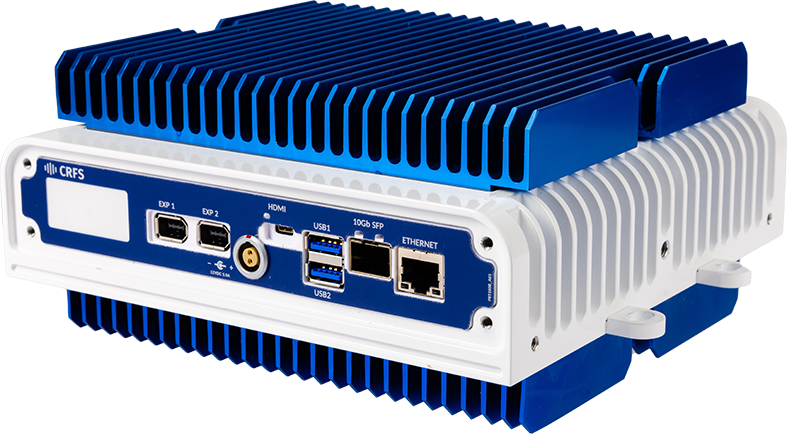
RFeye Node Plus 100-18
Portable, rugged, exceptionally fast RF sensor with full 100 MHz I/Q recording and streaming for enhanced detection, POI and signal intelligence.
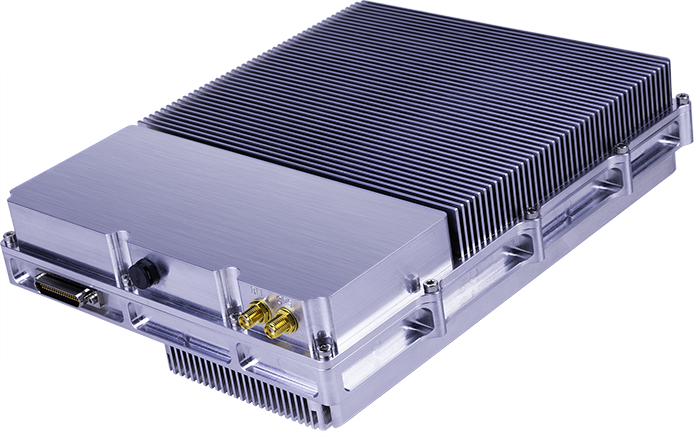
RFeye Node 100-18-LW
High-performance RF sensor for autonomous system integration. An ideal EW / ISR sensor payload enabling real-time spectrum monitoring and I/Q data collection to 18 GHz.
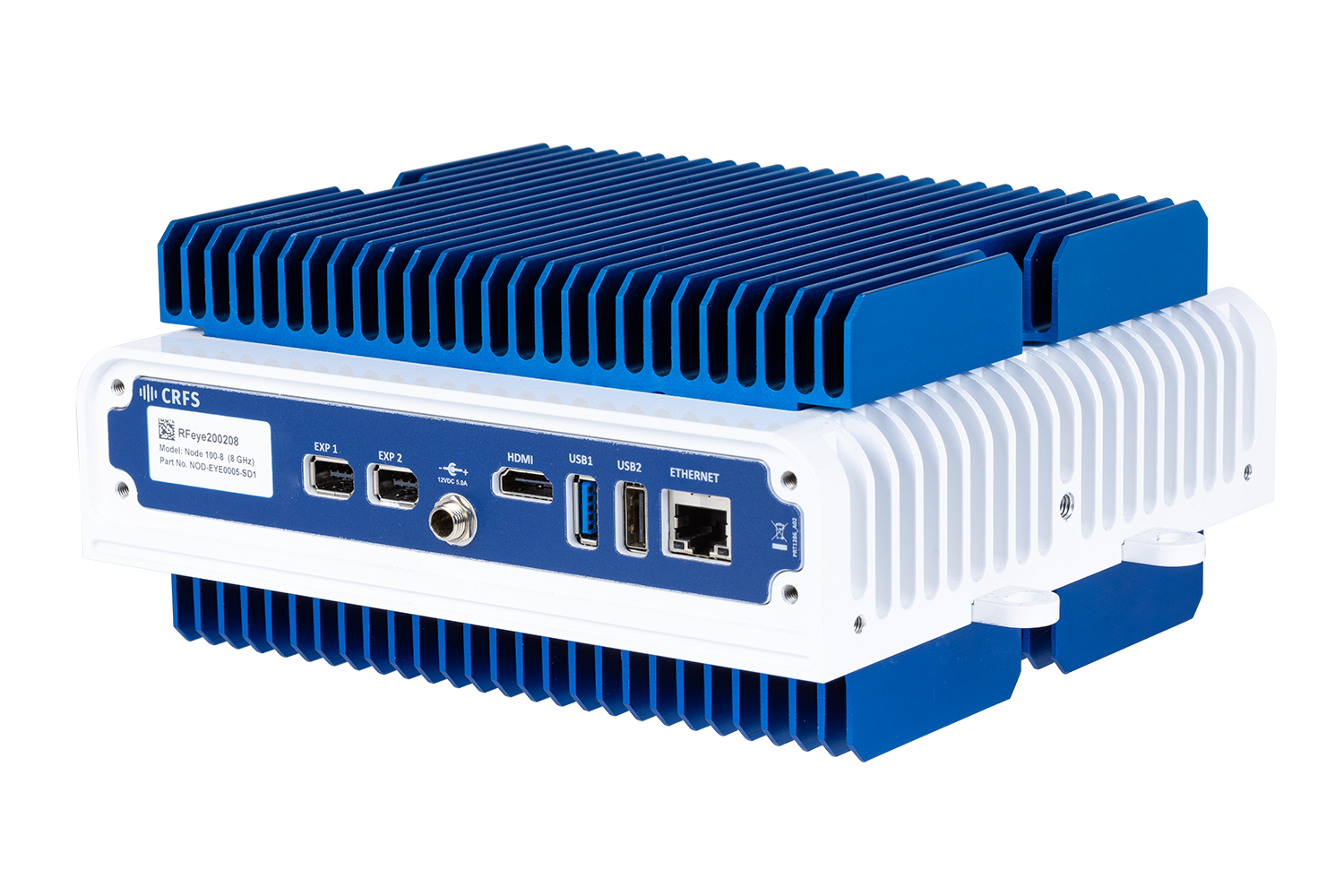
RFeye Node 100-18
The wideband RFeye Node 100-18 is a complete spectrum monitoring and geolocation system. Optimized for size, weight, and power (SWaP), it is simple to connect, power, and network.

RFeye Node 100-8
Wideband RF receiver to ensure you never miss a signal. The RFeye Node 100-8 is a complete spectrum monitoring and geolocation system designed for remote deployment in distributed networks, including in hostile environments.
Get instant news & expert insights
Join thousands of professionals who subscribe for exclusive insights and early access to our reports and analysis.
